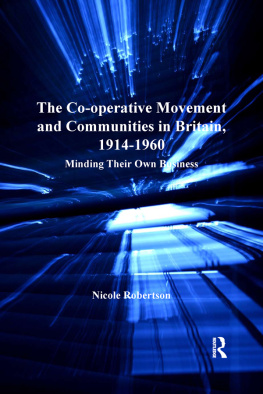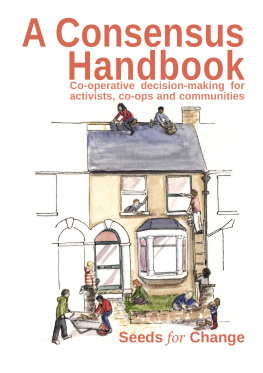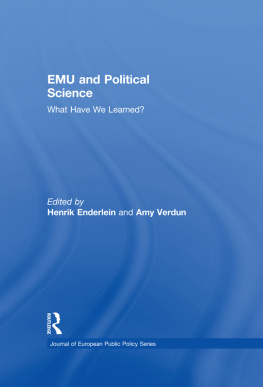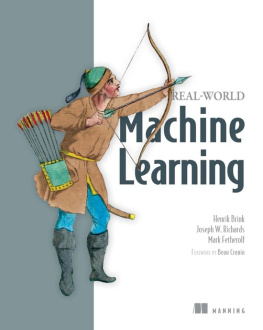Henrik F. Infield - Co-Operative Communities at Work
Here you can read online Henrik F. Infield - Co-Operative Communities at Work full text of the book (entire story) in english for free. Download pdf and epub, get meaning, cover and reviews about this ebook. year: 2007, publisher: Routledge, genre: Romance novel. Description of the work, (preface) as well as reviews are available. Best literature library LitArk.com created for fans of good reading and offers a wide selection of genres:
Romance novel
Science fiction
Adventure
Detective
Science
History
Home and family
Prose
Art
Politics
Computer
Non-fiction
Religion
Business
Children
Humor
Choose a favorite category and find really read worthwhile books. Enjoy immersion in the world of imagination, feel the emotions of the characters or learn something new for yourself, make an fascinating discovery.
- Book:Co-Operative Communities at Work
- Author:
- Publisher:Routledge
- Genre:
- Year:2007
- Rating:5 / 5
- Favourites:Add to favourites
- Your mark:
- 100
- 1
- 2
- 3
- 4
- 5
Co-Operative Communities at Work: summary, description and annotation
We offer to read an annotation, description, summary or preface (depends on what the author of the book "Co-Operative Communities at Work" wrote himself). If you haven't found the necessary information about the book — write in the comments, we will try to find it.
Co-Operative Communities at Work — read online for free the complete book (whole text) full work
Below is the text of the book, divided by pages. System saving the place of the last page read, allows you to conveniently read the book "Co-Operative Communities at Work" online for free, without having to search again every time where you left off. Put a bookmark, and you can go to the page where you finished reading at any time.
Font size:
Interval:
Bookmark:

| I | The Changing Social Structure in England and Wales | Marsh |
| II | Class in American Society | Reissman |
| III | Class Structure in the Social Consciousness | Ossowski |
| IV | Co-operative Communities at Work | Infield |
| V | Co-operative Living in Palestine | Infield |
| VI | Colour and Culture in South Africa | Patterson |
| VII | The Deprived and the Privileged | Spinley |
| VIII | The First Years of Yangyi Commune | Crook |
| IX | The Functions of Social Conflict | Coser |
| X | The Home and Social Status | Chapman |
| XI | The Marginal Situation | Dickie-Clark |
| XII | Negroes in Britain | Little |
| XIII | Neighbours | Bracey |
| XIV | The People of Ship Street | Kerr |
| XV | Social Class, Language and Education | Lawton |
| XVI | Social Mobility in Britain | Glass |
| XVII | The Sociology of Colonies - Part One | Maunier |
| XVIII | The Sociology of Colonies - Part Two | Maunier |
| XIX | Stevenage | Orlans |
| XX | Studies in Class Structure | Cole |
| XXI | Working Class Community | Jackson |
HENRIK F. INFIELD

Routledge, Trench, Trubner and Co., Ltd
Routledge
2 Park Square, Milton Park, Abingdon, Oxon, OX14 4RN
A CIP catalogue record for this book is available from the British Library
ISBN 0-415-17619-0
Class, Race and Social Structure: 21 Volumes
ISBN 0-415-17826-6
The International Library of Sociology: 274 Volumes
ISBN 0-415-17838-X
The publisher has gone to great lengths to ensure the quality of this reprint but points out that some imperfections in the original may be apparent
Font size:
Interval:
Bookmark:
Similar books «Co-Operative Communities at Work»
Look at similar books to Co-Operative Communities at Work. We have selected literature similar in name and meaning in the hope of providing readers with more options to find new, interesting, not yet read works.
Discussion, reviews of the book Co-Operative Communities at Work and just readers' own opinions. Leave your comments, write what you think about the work, its meaning or the main characters. Specify what exactly you liked and what you didn't like, and why you think so.











